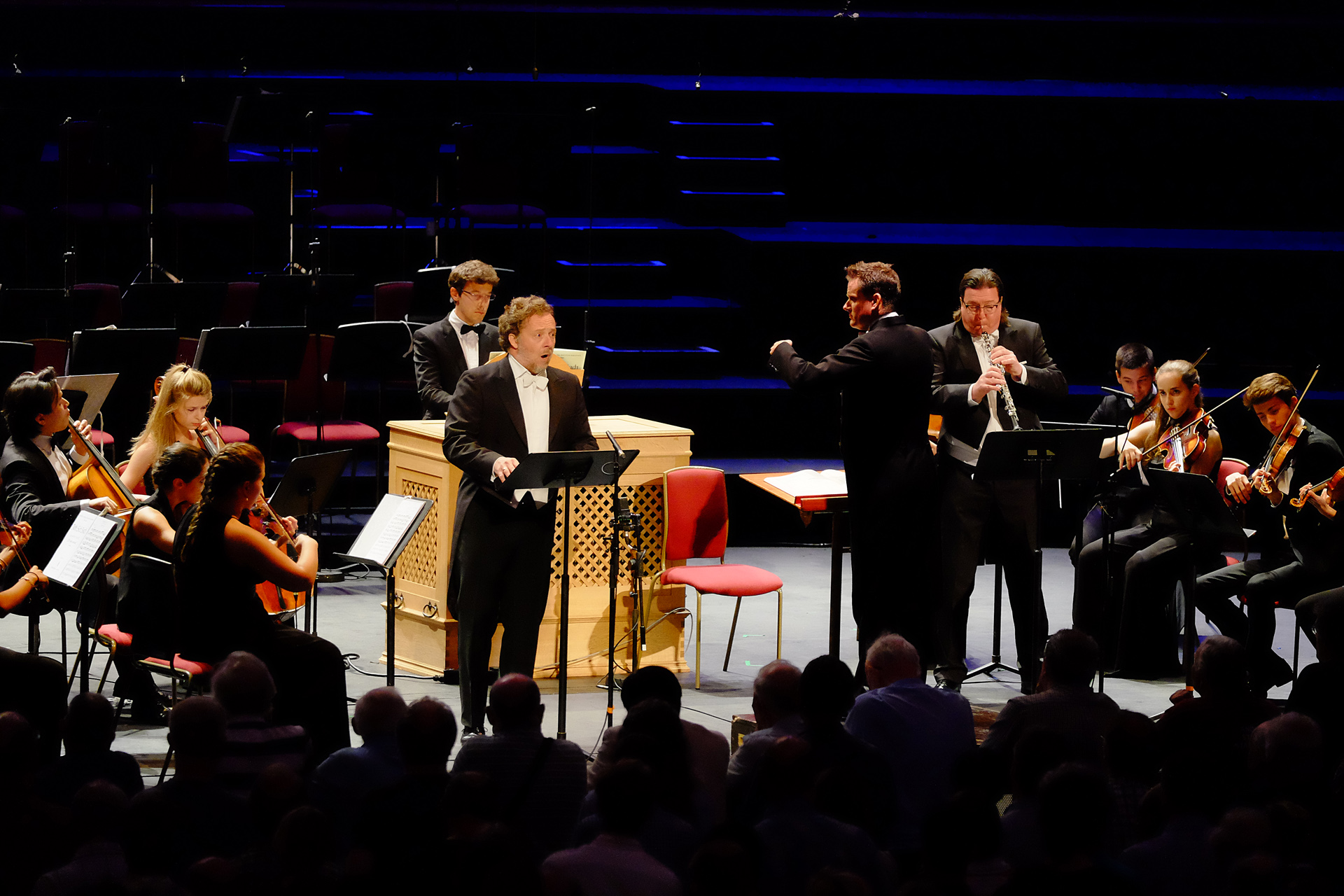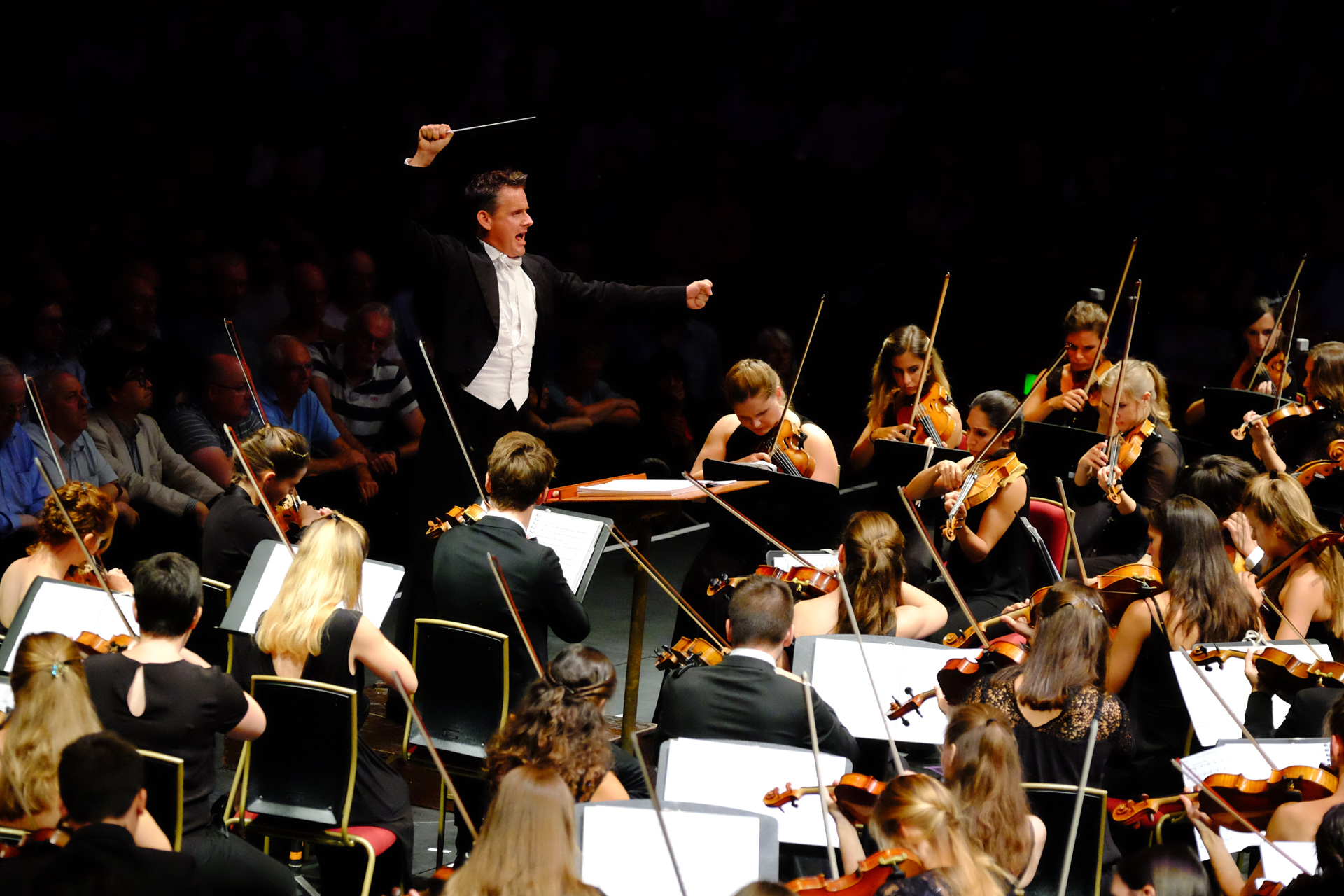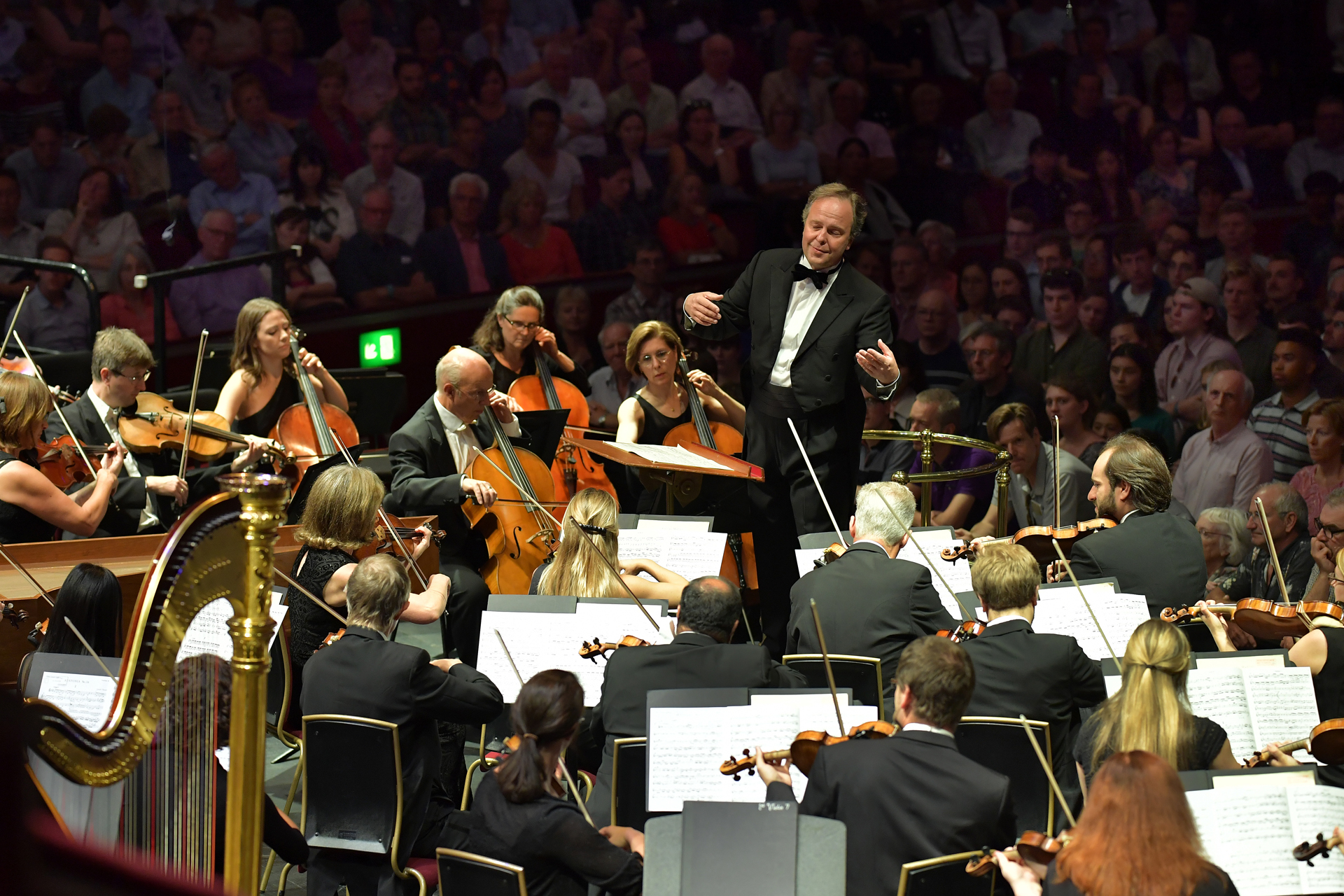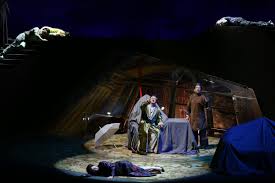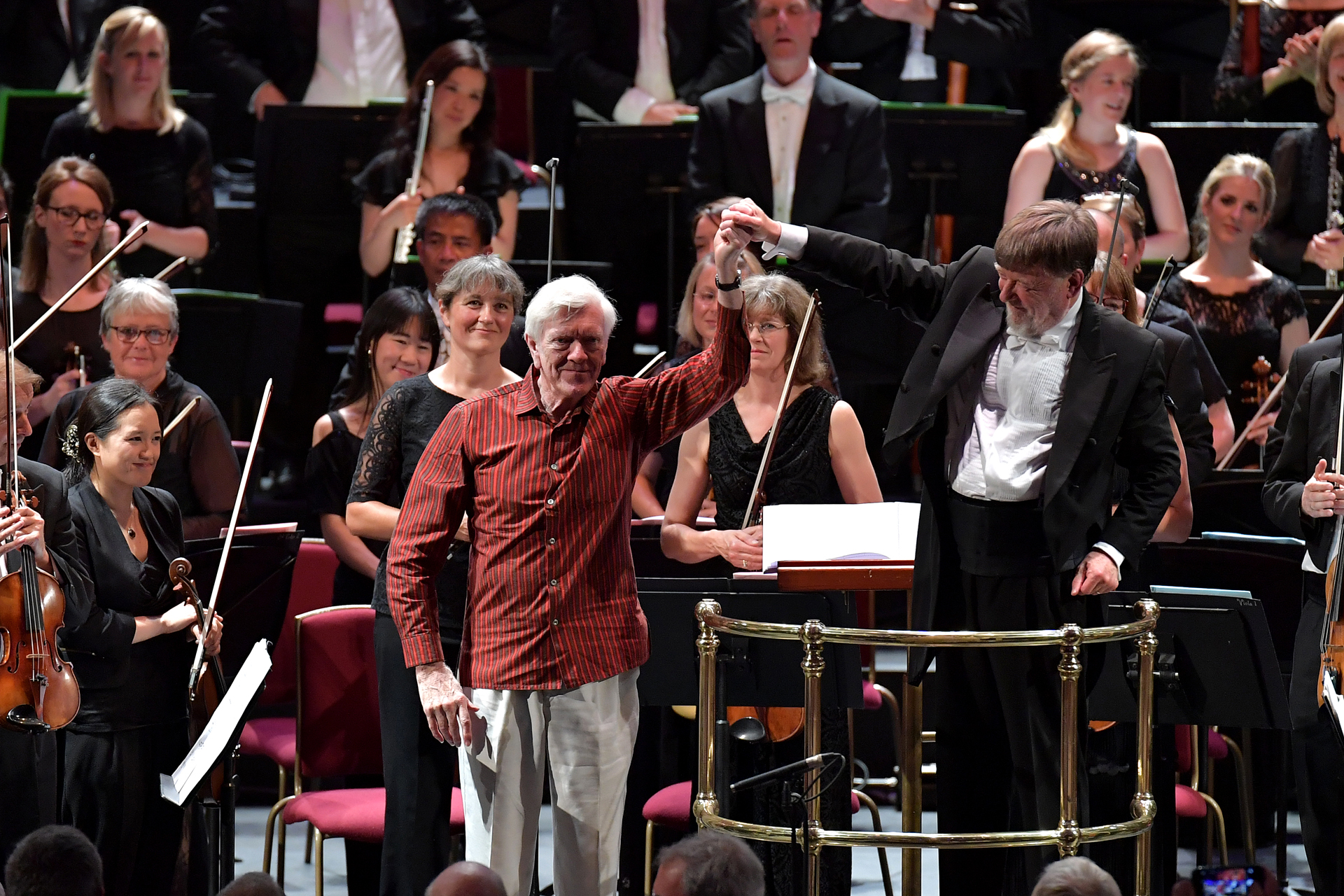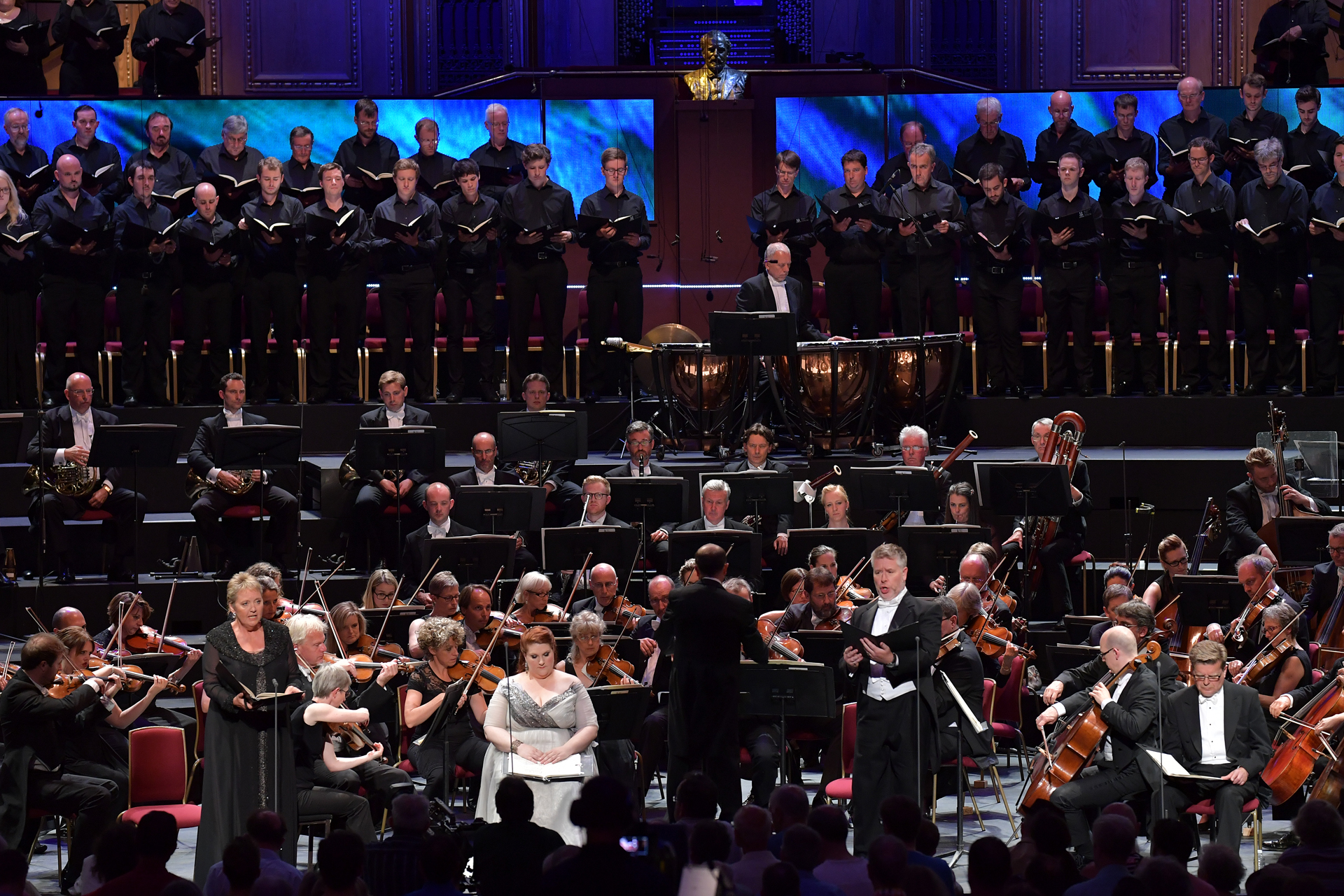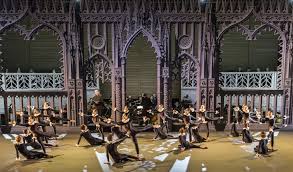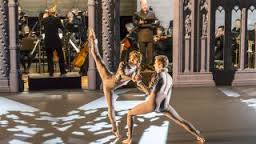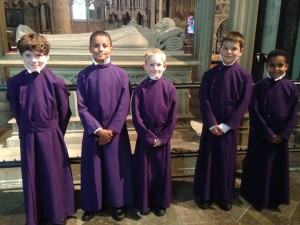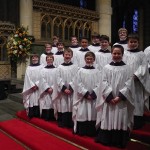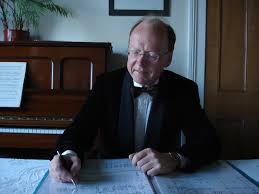Royal Opera House 13 September 2016
This version of Rossini’s 200 year old comedy is (originally directed by Moshe Leiser and Patrice Caurier, now revived by Thomas Guthrie) is fresh and crisp. There’s a lot of bright colour both in costume and lighting with much of the action set in a candy striped inner stage box to represent Rosina’s “prison” in Dr Bartolo’s house. Of course windows and doors open within it as characters enter often clandestinely – this is comic opera after all. There are also some imaginative ideas such as raising the inner box of the set several feet above stage level and rocking it with the entire cast on board to suggest confusion although I couldn’t help wondering what such a gimmick/coup de theatre (depending on your point of view) added to production costs.
The chorus of guards (reminiscent of the policemen in The Pirates of Penzance) exposed upstage is fun too, especially when they dance with their truncheons. And the translation of the Italian libretto for the surtitles by Kenneth Chalmers is good value. “The cheese has landed on the macaroni” declares Figaro gleefully at one point.
Il barbiere di Siviglia dates from 1816 when Rossini was only 24 and weaving charismatic musical magic around intrigue, trickery and witty dialogue. Sung here in Italian, as usual at the Royal Opera House, it employs a full range of appropriate musical vowel sounds – a strand in the sound texture which disappears as soon as you start translating the words.
It’s a familiar and pretty simple story. Count Almaviva (Javier Camarena) is in Seville to court a beautiful girl Rosina (Daniela Mack) who is due to be married to her guardian Doctor Bartolo (Jose Fardilha). Three hours of shenanigans and misunderstandings later, led by the local barber, Figaro (Vito Priante) we arrive at a happy ending of a sort. Those who know Mozart’s The Marriage of Figaro, based, a generation earlier, on the second play in Beaumarchais’s trilogy will be sceptical. And of course you have to take at face value this world in which passionate – randy, even – women are imprisoned by buffoonish manipulative men until they are rescued by other rather sexier manipulative men. There’s a lot of it in classical opera.
Camarena is a show-stopper as Almaviva. His sapphire-sharp tenor voice sustains some astonishingly long notes and his dynamic control is top notch. He’s also an accomplished actor and his music lesson scene with Mack is very funny. A wide register mezzo, some of Mack’s top notes threaten to break glasses while at other moments she plumbs rich claret depths. She too is warmly convincing in character, petulantly throwing darts at the set walls and flouncing about in pent-up frustration in her first real scene, for example. And Vito Priante provides an enjoyable mercurial Figaro for balance. He sings his act one entrance patter number – always tricky because it’s so well known – by coming in from the back and flirting with audience members on his way to the stage which works beautifully. And his comic timing is perfect.
All this is accompanied by the magnificent Orchestra of the Royal Opera House in the pit under youthful-looking Henrik Nanasi. He really brings out the colour and detail in the music. The fortepiano continuo from Christopher Willis is especially fine in its accuracy and responsive sensitivity.
The Royal Opera House claims to be “world class” and of course it is – working here with an outstanding cast of principals from all over the world. It’s a very enjoyable production which I am happy to recommend enthusiastically although the fly in the ointment – as always at ROH – is that the stalls seat I sat in on press night would have cost over £150.
Susan Elkin


